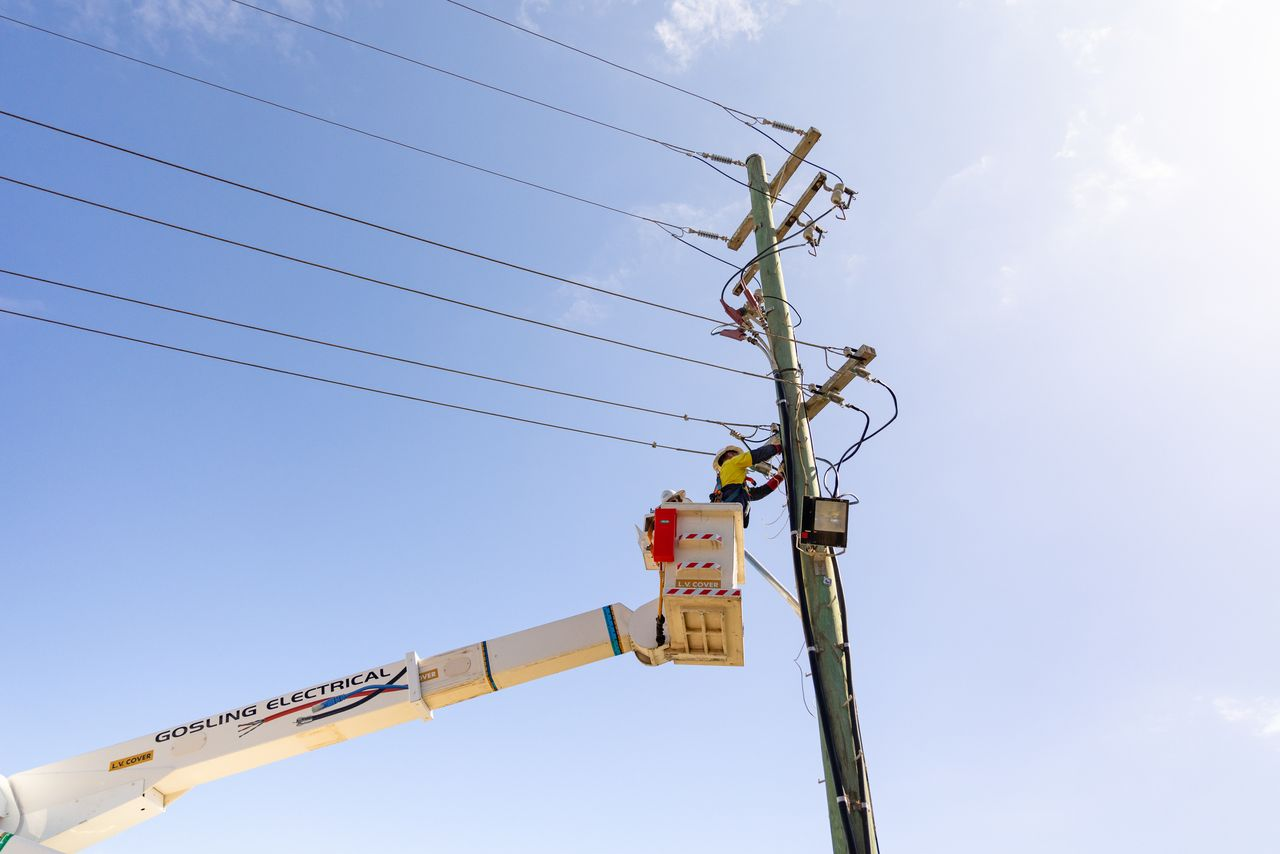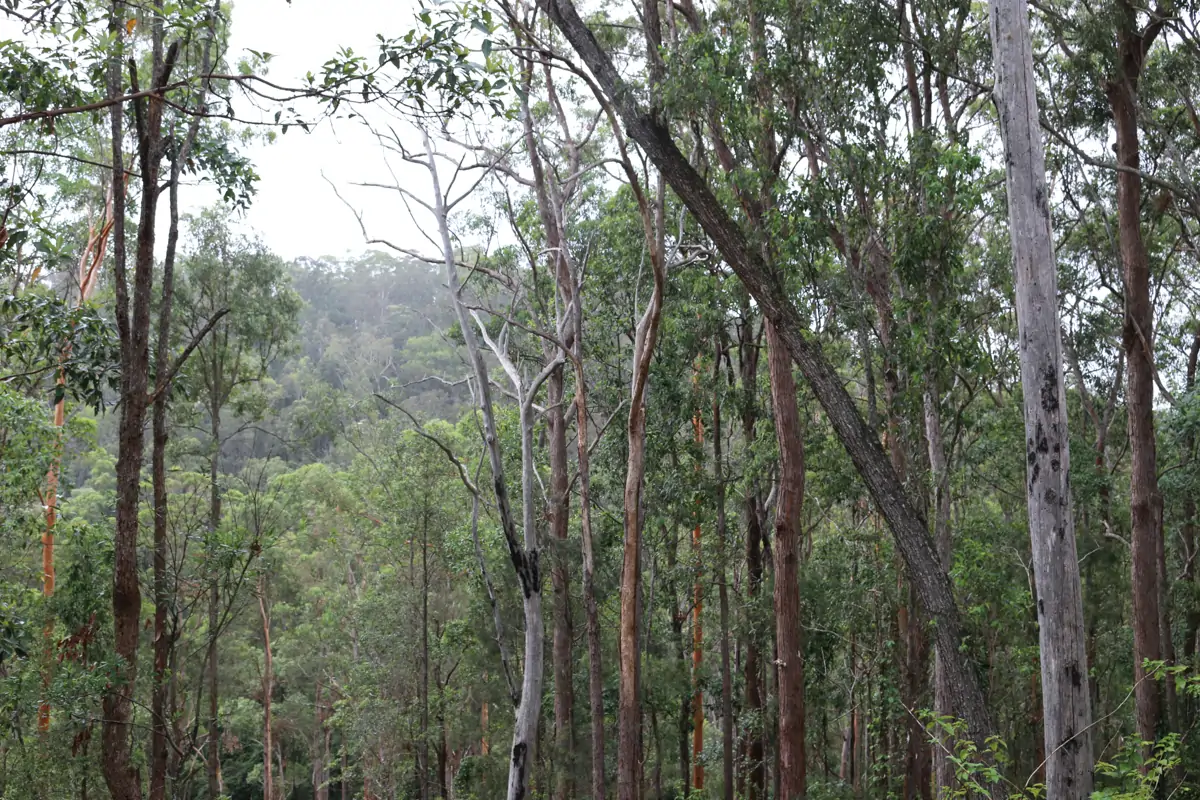From Scott Morrison’s recent announcement of an $86 million investment to support the production of timber in Australia to numerous media headlines on the shortage of building materials (particularly wood), it’s clear that the demand for timber has been a hot topic over the past couple of years.
This blog provides the answers to your top timber supply questions;
Is there really a timber shortage?
What has caused the deficit in timber production?
What does the future look like for NSW timber?
Most importantly, is now the right time to sell my trees?
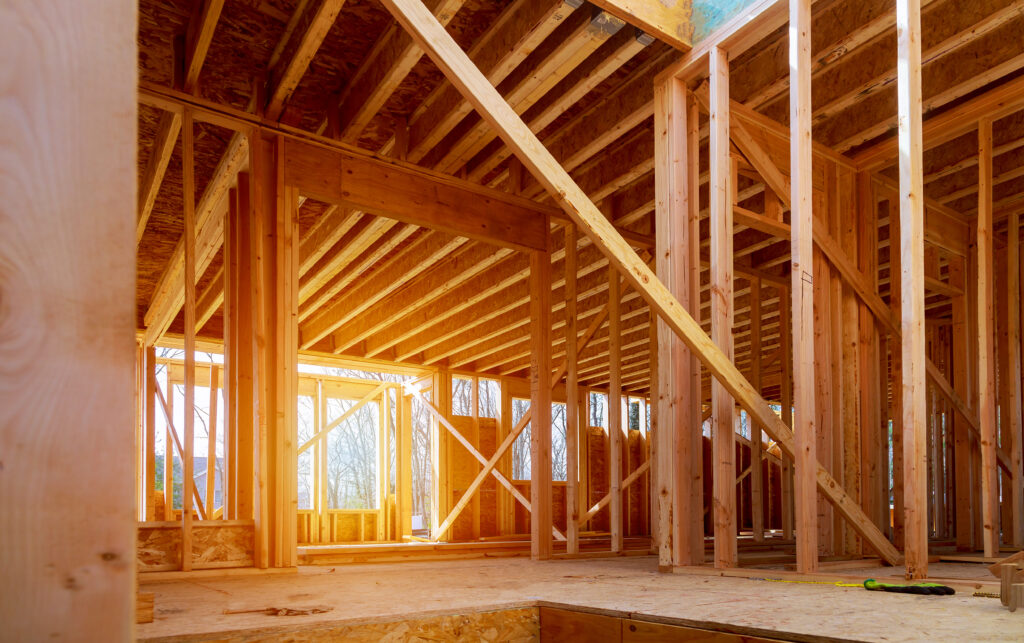
Is there really a shortage of timber in Australia?
Yes! Both softwood and hardwood are currently in short supply across Australia, and even more so in NSW, where the demand for timber is higher due to the number of new dwellings being built.
‘A recent report from Master Builders Australia and the Australian Forest Products Association estimates that the timber shortage in NSW’s timber will reach the equivalent of 250,000 house frames by 2035.’ (The Farmer Magazine, 2022).
Most timber shortage for house construction in Australia comes from commercial softwood plantations, however, there has been little growth in the last 30 years and as a result, they are failing to keep up with the growing demand. To compound the issue, the gap cannot be readily met with domestic (Australian) hardwood supplies which are also in short supply.
Timber is a natural, sustainable resource, and as such its demand is likely to continue to increase as it remains the material of choice across many industries.
For NSW/SE QLD landowners with native forest on their properties, who aren’t yet actively managing it for timber, the current hardwood shortage provides an excellent income-earning opportunity. Now is the time to act.
What are the reasons for the NSW timber shortage?
There are many contributing factors to the timber shortage. Some are more recent but others are due to a knock-on effect from a historical lack of investment and supply planning to meet the timber demands of 2022 and beyond.
Since 2001, Australia’s sawlog production from native forests has decreased by 1.615 million m3 (Forest and Wood Products Australia).
Typically Australia produces 80% of its required timber domestically, with the remaining 20% sourced from international suppliers. This split has remained steady over recent years; however, both sources have been significantly affected over the past couple of years (Newcastle Herald).
Global supply has been affected by the rerouting of available timber to markets paying the highest cost price, typically the United States, following the 2021 global building boom.
Domestic supply has also been affected by Covid, bushfires, and flood events, all contributing to the availability of timber for harvesting.
That’s why it’s more important than ever to maximise your returns on your current timber.

Sometimes the timber itself has been impacted; other times the ability to harvest and transport timber have been hampered.
The NSW Forestry Corporation estimates the 2019 fires reduced the amount of available quality timber by as much as 30% in key growing regions. In the NSW North Coast Region, for example, 49% of native forests were recorded as impacted by fire.
How about The Home Builder effect?
The federal government’s HomeBuilder scheme announced in 2020 has driven record levels of home building activity across the country, causing significant pressures to build across the supply chains supporting the industry, further impacting the timber shortage.
This country-wide housing boom is being dually impacted by combined labour and product shortages, and this includes both engineered and non-engineered timber supplies. As such, building projects are being delayed with typical home builds now taking an additional 10-12 weeks to complete, almost always resulting in additional cost.
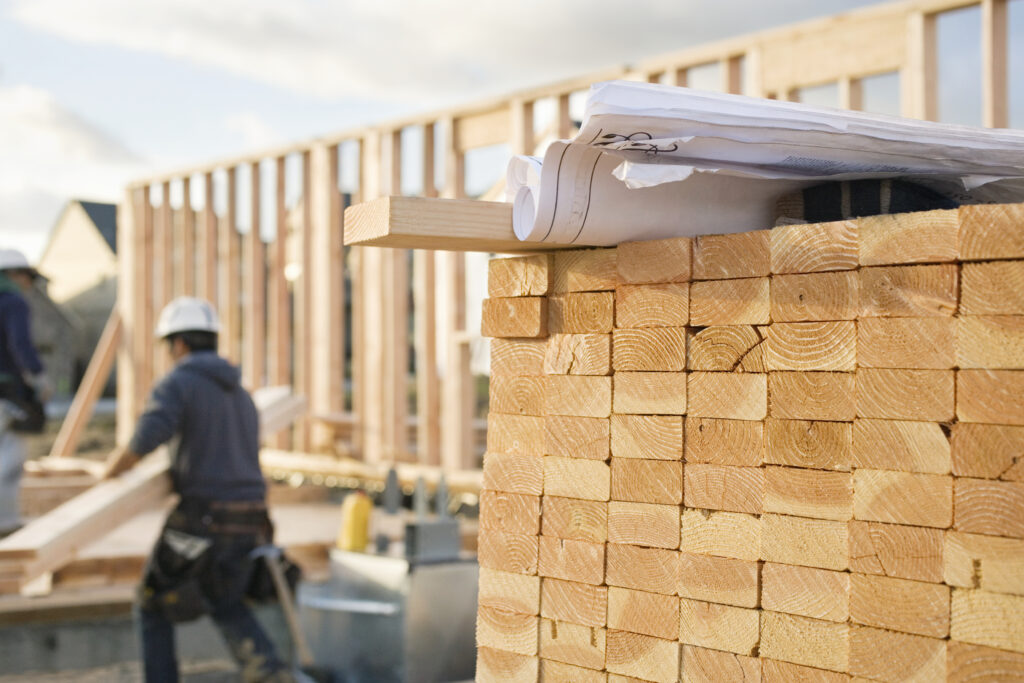
So, what does the future of Australian timber look like?
The significant timber shortage is expected to continue through 2022 and into 2023. However, it has been forecasted that Australia will remain short on timber until 2035 and beyond. Increasing timber production is not a quick fix. As we all know, you can’t just grow a new timber plantation overnight! Typically these can take up to 25-30 years before being ready to harvest.
The government’s recently announced $86 million investment in timber plantations to help offset the timber demand will not be realised until at least 2047 (pm.gov.au).
This is where the sustainable management of private native forests can help assist with the supply deficit. By harvesting your timber now, your forest will be actively contributing to the relief of pent-up demand for Australian hardwood.
Why is now the golden opportunity to harvest your private native forest timber?
This surge in demand has seen prices for sawn logs steadily increase, meaning now is a great time to sell your trees. (Forest and Wood Products Australia). Within the past year, some species have increased in price by as much as 20% (ABC).
So why wait?
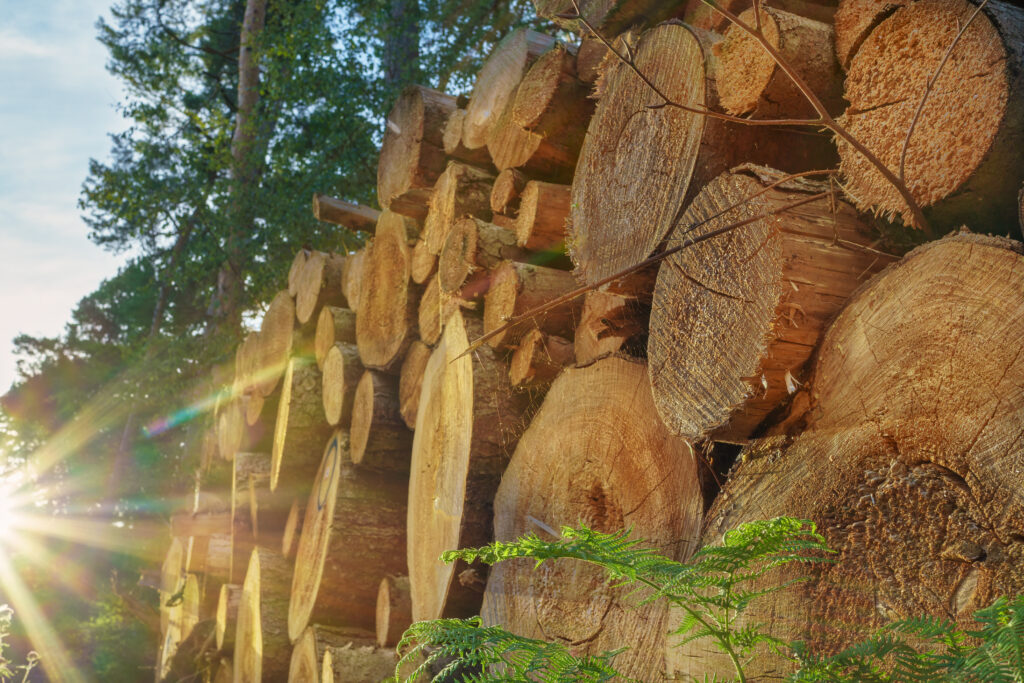
Take action today and get in contact to arrange your free assessment of your private native forest. We will do an initial inspection and free assessment of your forest to establish its overall suitability for sustainable logging, and assess accessibility, forest type, and condition.
We also identify the potential yield and then estimate the volume and value, and provide you with an assessment report to consider. After that and if you wish to proceed, we are there every step of the way to coordinate your harvesting project for you.
We believe there is a better way to manage Australia’s private native forest. As leaders in the sustainable management of private native forests along the East Coast, we support the long-term sustainability of your forest.


